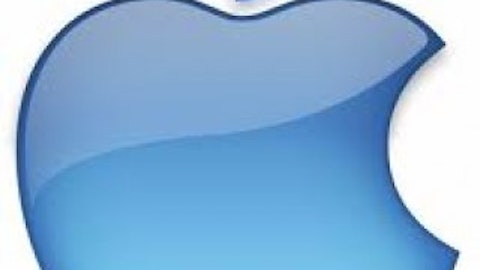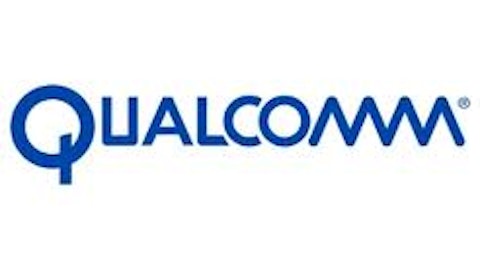Apple, of course, is a key customer for Corning, and a weak outlook for the iPhone maker did not augur well for the company. Corning revealed its Gorilla Glass 3 in the International Consumer Electronics Show, or CES, in Las Vegas. Gorilla Glass 3 will be hardier than Gorilla Glass 2, which is what’s currently being used in iPhones.
Corning’s Willow Glass will support thinner backplanes and color filters for both Organic Light Emitting Diodes (OLED) and Liquid Crystal Displays (LCD) in high performance, portable devices such as smart phones, tablets, and notebook computers. This new, ultra-slim flexible glass will also help develop conformable (curved) displays for immersive viewing or mounting on non-flat surfaces. Willow Glass could be immensely profitable for Corning, because it’s expected to be widely used in wearable devices.
Google Inc (NASDAQ:GOOG)’s Glass: Google’s Version of a Wearable Device
Google is developing its augmented reality Glass, another wearable computing device. Google’s Glass will have a display and a camera, situated over the right eye, as well as audio input and output. It will feature a touch pad on the side and multiple sensors. The product can connect to the Internet via Wi-Fi radio and Bluetooth. Google Glass is rumored to be released publicly in 2014.
“Google Glass” is the name of Google’s project to create augmented reality Glasses. The core of augmented reality lies in accessing your computer hands free. People walk on the streets, oblivious to their surroundings, looking down at small, rectangular pieces of glass in their hands. Google’s Glass is an improvement over the current situation and will bring these people back to the real world, making them more aware of their surroundings.
The “Google Glass” project is making use of bone conduction technology in order to transmit sound to the wearer of the device and save users from needing headphones. An internal transducer mechanism vibrates bones in the wearer’s head, generating more vibrations in the cochlea (the fluid-filled part of the ear), turning all of these vibrations into what the wearer hears as sound. Google’s Project Glass was filed with the US Federal Communications Commission (FCC) a few days ago.
Why Investors Should Care
- If smartphones do become smartwatches and smartglasses, Apple and Google seem to have the technology to make standout wearable computers.
- This technology could progress to a point where consumers have a tablet plus wearable computers, like watches or glasses, which enable simple things like voice calls, texting, quick searches, and navigation.
- These devices are likely to be cheap down the line and can be sold in emerging markets as well as developed markets.
- By manufacturing wearable computers, Apple and Google could generate huge revenue and returns for shareholders.
The Bottom Line
There is a history of evolution in computing and communication technology. In the continuum of communication techniques, which currently begins with speech and ends with tablets and smartphones, Apple’s iWatch and Google’s Glass will be the next round of innovations.
The article Apple’s iWatch and the Future of Wearable Computers originally appeared on Fool.com and is written by Anindya Batabyal.
Copyright © 1995 – 2013 The Motley Fool, LLC. All rights reserved. The Motley Fool has a disclosure policy.





